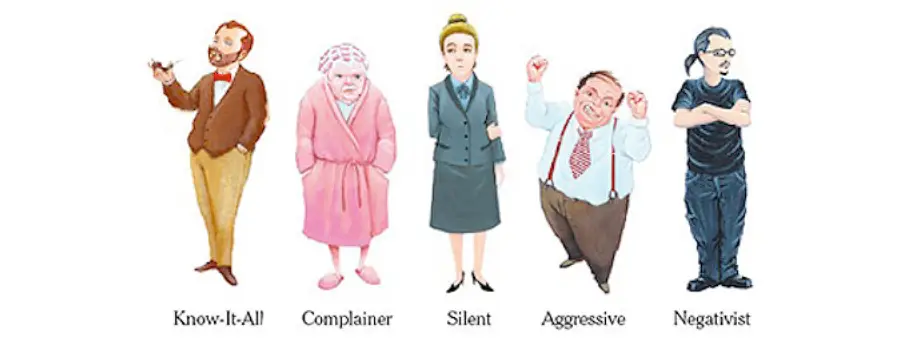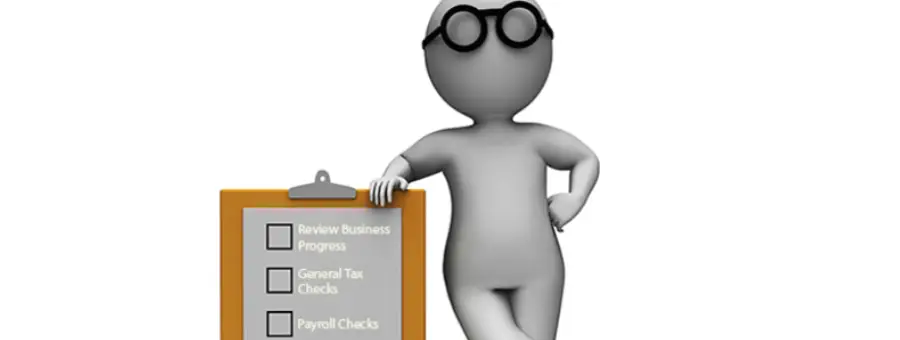
Dick Pratt said “If you can’t change the people … change the people”. But to do that you have to first identify who is ‘wrong’ for the team or organisation. Below are indicators to help make that identification.
- Genuine attempts and opportunities have been in play for 6 months or more to get a person to change … and they have not responded. There are two aspects here. The first is that genuine attempts have been made (of which ‘hope’ is not one), meaning training and development has been provided, real conversations have been had and clarity of the behavioural changes needed has been established. The second is that around 6 months has lapsed to allow enough time for the behavioural changes to occur … 3 months may be too short for some but more than 6 months is just unnecessary for both the individual and the team/organisation.
- More excuses than remedies. You’re hearing some or many of the following things said, too often, from the same person: “It wasn’t my fault”; “That’s just how I am”; “No one told me that”; “I wasn’t shown that”; “I didn’t know that”; Those statements constitute refusal to own performance and inclinations to blame external factors, other people or the past.
- If you genuinely perceive that other people in the team feel someone shouldn’t be there.
- Emotional attachment is causing a blurred view of someone’s performance. Factors such as length of service, family/friend connection, likability … can all cause this to happen and can skew judgement of performance either positively or negatively. The people making the evaluation should be able to divorce from emotional factors.
- When you look at someone’s performance today, compared to years ago, it’s pretty much the same. Many would argue that might be ok, but it’s not in today’s world. The team/organisation will go backwards as competitors improve. In this case, a change in role may be instituted rather than removal.
- A person’s Why doesn’t connect to the business’s Why. The business’s Why is the reason it does what it does (not what it does but why it does it). The individual’s Why is why he/she is there. If the two don’t connect in a positive, meaningful way, the person’s performance is never likely to be at a high level.
- Gut feel should not be ignored. People have instincts that should be considered. It also utilises the power of our subconscious brains and its background thinking.
- Get someone in from outside the organisation to evaluate the fit of team member to the organisation. That at least brings objectivity to the thinking. Internal working knowledge of each person can then be married in to that, to gain a broader perspective.
- If a person is being retained because of competence (i.e. ability to do the job re skill and knowledge) but their character (i.e. the values they live by) and/or chemistry (i.e. willingness and ability to fit in with the team) is astray then they should probably be let go. To retain someone because they do the job well but they don’t fit in on either or both of the other two fronts is detrimental to overall performance in the long run. It almost always downgrades the performance of other team members.
- Use a left field approach by interviewing team members again for the roles they are in and get them to compare the answers they give to key questions about performance to how they have been behaving in the last six months. If the answers they give to ‘get the job’ are significantly different to their actual behaviours you have identified a fundamental problem. If so, give the person three months to behave in ways they indicated in their answers and if they don’t change, they are probably not going to and you have a wrong person.
- Someone who, with any frequency says “That’s not my job”. That’s just not team.
- Someone who is guilty of any of the following: More conversation about what’s wrong than right, articulating more problems than solutions, converse more about what they want rather than what they can give, complain more than suggest, inertia rather than change, more talk than action, more conversation about the past than the future.
- Someone who treats people differently according to seniority or any other criteria that is impure to team performance.
Clearly, the more indicators above that point to someone being wrong for the team the stronger the case is for that to be accurate. However, some of the indicators may be more important than others, depending on the team, where it is with its performance and other factors surrounding the organisation. What can not be rejected though is that if someone is wrong for a team then they should be changed out, not persevered with.
Another question is “How do YOU know if you’re in the wrong job or business?” There is a very simple answer to that …. if the job or business does not reflect your passion, you’re done.
If this article comes through as being harsh, it isn’t. It’s worse to allow people to stay in situations where they are not performing. Most often, people are aware of the reality anyway. Eventually the wrong people leave organisations, of their own initiative or the organisations’, and then everyone reflects that the change should have occurred earlier. It’s not only more effective, it also has more integrity than allowing a poor situation to continue. Sometimes it’s fear of being unfair or harsh that stops organisations acting on the wrong people. Nothing could be further from the truth. It lacks courage, integrity and foresight to leave things alone … ask people working around them
Previous Newsletter Articles
Business Tips
HR Information
Contact Us
1300 022 270
enquiries@myabbs.com.au






